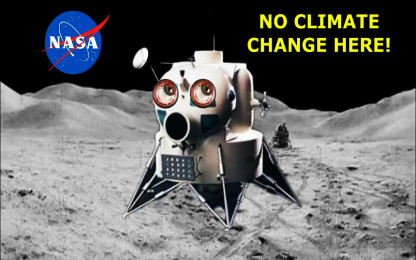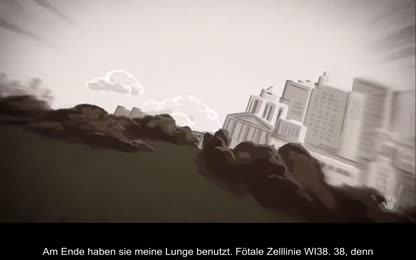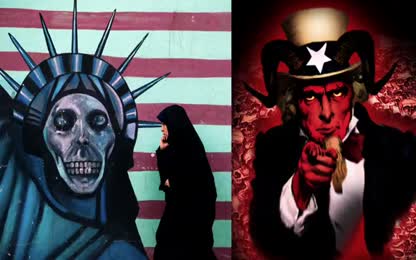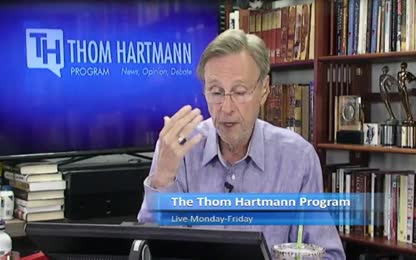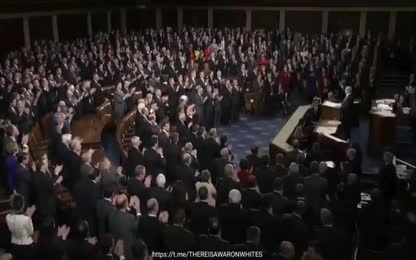Advertisement
Soylent Green (1973) - America in 2022 based on the 1966 science-fiction novel Make Room! Make Room!
Soylent Green is a 1973 American ecological dystopian thriller film directed by Richard Fleischer and starring Charlton Heston, Leigh Taylor-Young, and Edward G. Robinson (in his final film performance following his death in January 1973). Loosely based on the 1966 science fiction novel Make Room! Make Room! by Harry Harrison, it combines both police procedural and science fiction genres: the investigation into the murder of a wealthy businessman; and a dystopian future of dying oceans and year-round humidity due to the greenhouse effect, resulting in suffering from pollution, poverty, overpopulation, euthanasia, and depleted resources.
In 1973, it won the Nebula Award for Best Dramatic Presentation and the Saturn Award for Best Science Fiction Film.
Soylent Green (1973). A nightmarish futuristic fantasy about the controlling power of big corporations and an innocent cop who stumbles on the truth.
In the world ravaged by the greenhouse effect and overpopulation, an NYPD detective investigates the murder of a big company CEO.
Richard Fleischer’s “Soylent Green” is a good, solid science-fiction movie, and a little more. It tells the story of New York in the year 2022, when the population has swollen to an unbelievable 80 million, and people live in the streets and line up for their rations of water and Soylent Green. That’s a high-protein foodstuff allegedly made from plankton cultivated in the seas. But is it?
Charlton Heston plays a gritty detective who gets called in when a top official of the Soylent Corp. (Joseph Cotten) is murdered. He gets on a trail that leads to a most unappetizing conclusion--but before he gets there, the movie paints a fascinating and scary picture of population growth run wild. The detective story is mostly just an excuse to keep us interested from one end of the movie to the other. “Soylent Green’s” real achievement is to create a 21st Century world that’s convincing as reality; we somehow don’t feel we’re in a s-f picture. What director Fleischer and his technicians have done is to assume a very basic (and depressing) probability: that by the year 2022, New York will look essentially as it does now, only 49 years older and more run-down.
- Category: Depopulation Agenda,Food / Food Shortages / Famine,Predictive Programming,Truth in Movies / Cartoons
- Duration: 01:36:49
- Date: 2021-04-27 20:35:27
- Tags: no-tag
11 Comments
Please login to comment


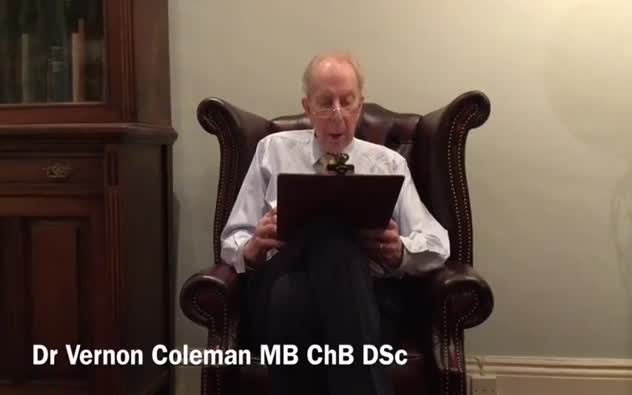


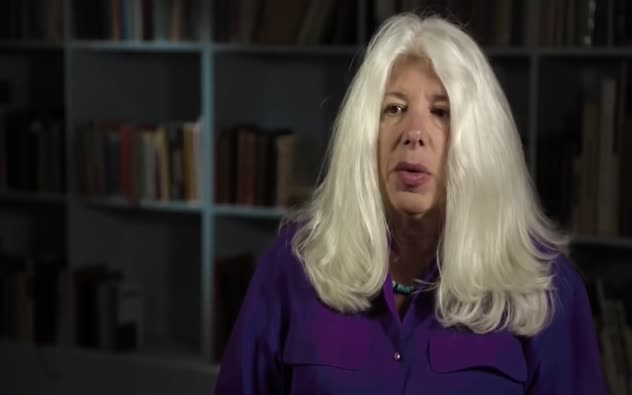

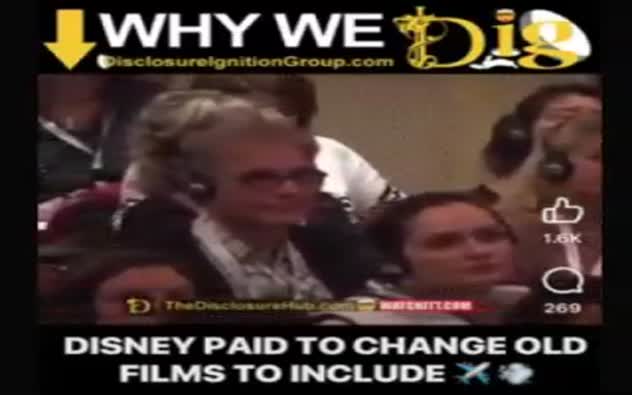


 Donate
Donate